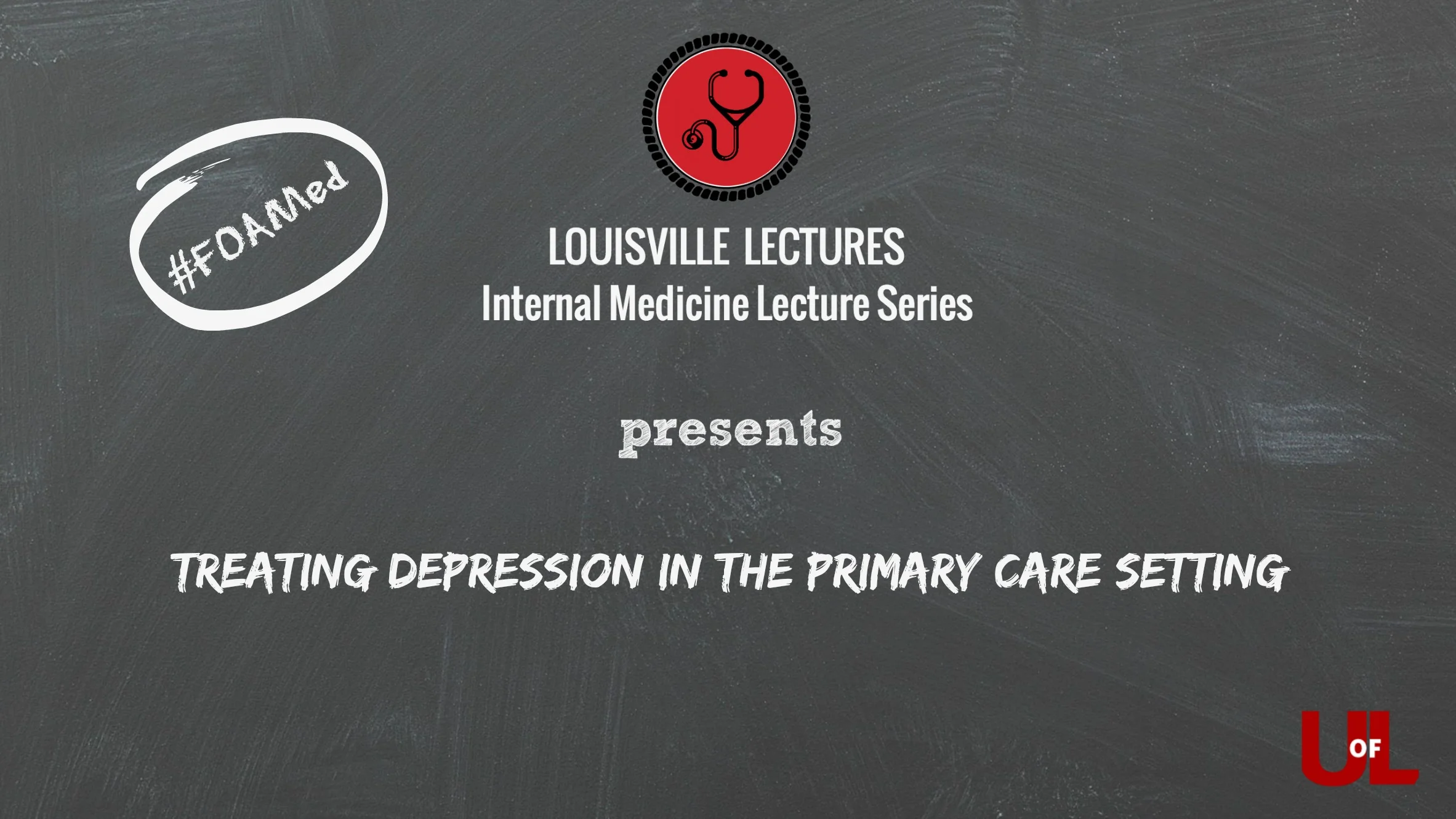psychiatry
In a discussion with listeners, Dr. Sager through Bipolar Disorder by first explaining the DSM Criteria from Manic Episodes to Bipolar Depression. Dr. Sager presents how to diagnose Bipolar Disorder as well as the different treatments and how to make an educated decision for when to begin treatment based on the individual patient.
Dr. Sager takes the time to discuss when (and how) to screen for depression including various tools. He then delves into how to assess risk and proposes a practical algorithm-approach to treatment options.
Dr. Chris Stewart reviews the basics of alcoholism including definitions, alcohol elimination rate, leading causes of death. He spends time on time and presentation of withdrawal as well as complications. Dr. Stewart finishes by outlining medication assisted and supportive detoxification.
Dr. Rebecca Tamas presents a common complaint: Somatoform Disorders. She touches on the clinical criteria then delves into treatment options.
Dr. Charlene Mitchell gives a thorough talk on altered mental status including clinical features, risk factors, epidemiology, pathogenesis, management and prevention. A must for all house staff officers and hospitalists!
Dr. David Casey discusses mood disorders for the internist including major depressive disorder, dysthymic disorder, bipolar disorder, suicidality as well as differential diagnoses such as bereavement and endocrinopathies. He also delves into treatment for refractory depression including electroconvulsive therapy and repetitive transcranial magnetic stimulation.
Dr. Spurgeon takes a case based approach to discussing common psychiatric presentations for the internist. This covers depression and selection of treatment, bipolar disorder, suicidality.








Dr. Sager presents Delirium and how common it is through various statistics before explaining the Delirium DSM- 5 Criteria. He then discusses the many paths that lead to the development of Delirium and why that makes it so difficult to treat as well as the diagnosis of Delirium and the different risk factors involved like dementia, immobility, sensory impairment, etc. While treatment is hard to come by, Dr. Sager discusses the different treatments available.